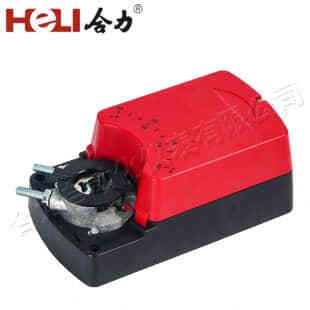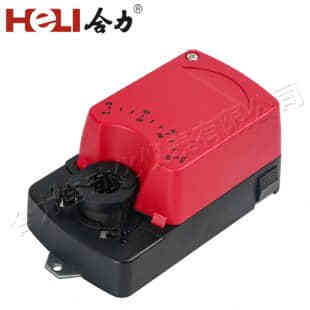
In modern HVAC (Heating, Ventilation, and Air Conditioning) systems, efficient air management is crucial for ensuring comfort, energy efficiency, and air quality. A key component in regulating airflow within these systems is the Damper Actuator. This device plays a significant role in controlling dampers, which are mechanical devices used to regulate or control the flow of air in ducts and ventilation systems. The Damper Actuator is essential in ensuring that HVAC systems operate at optimal performance, by enabling precise adjustments of airflow to different parts of a building or facility. This article delves into the function, types, and applications of Damper Actuators, as well as their importance in maintaining system efficiency.

What is a Damper Actuator?

